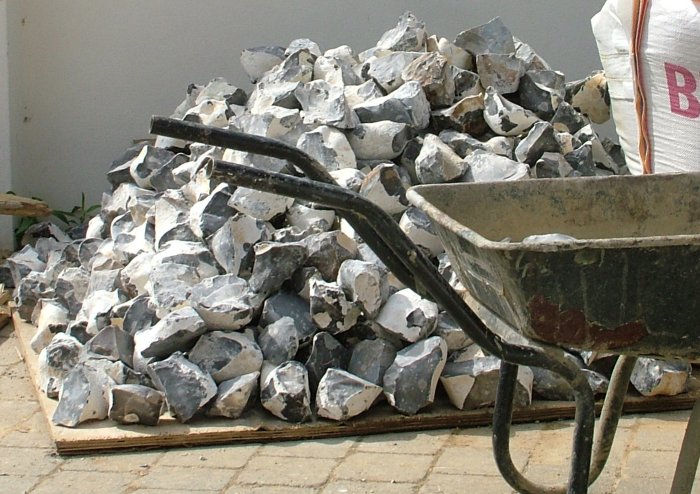greetings all, we'll try this again..
seems everyone but yours truly can find flint. rich pierce has to kick the stuff out of his way so he can walk. bison bill justs bends over and picks up hundreds of pounda of flint at his shooting range.
here in s. ca. we have a lot of mountains so there must be flints aome where.. have dug thru a lot of rock piles but, only find those darn gold nuggets, no flint..
TIA.. for any info you can share.. and ..ttfn..grampa..
seems everyone but yours truly can find flint. rich pierce has to kick the stuff out of his way so he can walk. bison bill justs bends over and picks up hundreds of pounda of flint at his shooting range.
here in s. ca. we have a lot of mountains so there must be flints aome where.. have dug thru a lot of rock piles but, only find those darn gold nuggets, no flint..
TIA.. for any info you can share.. and ..ttfn..grampa..





